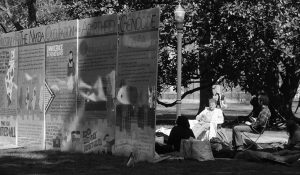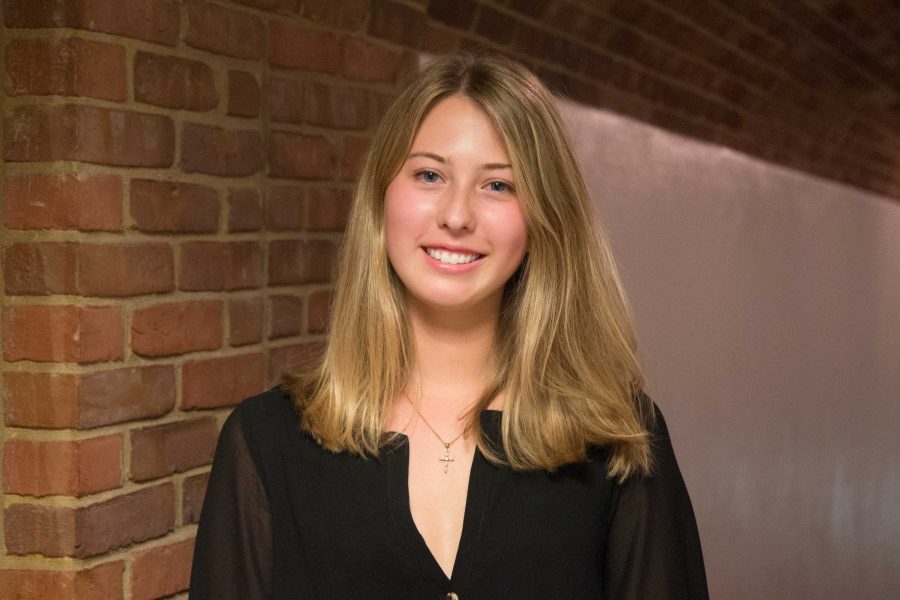When you think of disabilities, you probably imagine a person in a wheelchair or someone using sign language. That’s accurate, and these are what we would call “visible” disabilities. This category includes disabilities which have any visible indicator that the person is disabled. That indicator might be an assistive device, a particular set of actions, a communication method, a physical feature or something else.
There are also “invisible” disabilities, which have none of these indicators. You would likely look at someone with an invisible disability and say they look “normal.” You would never know without getting to know the person (or simply asking them outright) that they have a disability. The individual can be just as impacted – sometimes even more so – by their condition even though you can’t see it. Some examples of these disabilities are learning differences, ADHD, autism, psychiatric disabilities, diabetes, some vision and hearing deficiencies and chronic pain (among others).
People with visible and invisible disabilities often face very different challenges in daily life. I’m going to discuss some of those challenges, and offer suggestions about how communities can be thoughtful and inclusive of people with either type of disability.
When someone has a visible disability, people can typically tell before that person ever introduces themselves. Thus, the stigma that accompanies a visible disability can be impossible to escape. Imagine if you joined a new group, and before getting to know any of the members, they all decide that you are most likely useless to the group. Maybe they’ve assumed that you are unintelligent, or unwilling to work hard, or unable to contribute a meaningful perspective. Regardless of what it is, it’s hurtful and almost certainly not true.
People with visible disabilities often describe feeling underestimated and undervalued. They experience the snap judgments of non-disabled people with disheartening frequency, and those judgements can have a lasting impact. It’s up to non-disabled folks to change this reality. It should never be the responsibility of a disabled person to convince you that they are worth taking seriously. Thus, when able-bodied people interact with disabled people, they must make a conscious effort to separate themselves from society’s lies about disabled individuals. When the world says that able-bodied people are more capable or more valuable, you must reject that falsehood and give your disabled peer the opportunity to show you what they can do.
Having an invisible disability is a whole different ball game. This is where I have personal experience. In some ways, it’s easier. No one looks at me and immediately assigns me less value. Additionally, those of us with invisible disabilities can choose whether we tell people that we have a disability at all. However, there are some unique challenges that accompany invisible disabilities.
Snap judgements work both ways. Just by looking at people with invisible disabilities, others will assume they are “normal.” Then, when their disability makes an appearance (typically as an “unusual” action, statement or behavior) non-disabled people tend to be surprised, skeptical or confused. People who have assumed that I’m neurotypical often end up misinterpreting my lack of eye contact as rudeness. These kind of misunderstandings can create stress and conflict.
Furthermore, people with invisible disabilities are constantly trying to figure out who they should disclose to and when. If we don’t disclose and a misunderstanding takes places, we will feel responsible for not telling people sooner. If we do disclose, others may think that we are making it up or exaggerating in order to receive accommodations. Folks with invisible disabilities are constantly fearful of being perceived this way.
The way you can support this population is by tabling your conception of normality. If you stop holding people to this societally constructed standard, you’ll be more open to the differences that come up when you meet people with invisible disabilities. Additionally, it’s important to believe a person when they tell you about their disability. Don’t ever ask “are you sure?” or tell them that they “seem normal.” These statements are insulting, even if well-intentioned.
Altogether, disability is a complex identity, and can take both visible and invisible forms. This factor can have a huge impact of the type of socio-cultural stigma individuals face. To be considerate and inclusive of people with all types of disabilities, take a moment to examine your assumptions and challenge your biases. We have already begun to take this step as we think about race, gender, religion and more – and it’s time to add disability to that list.












